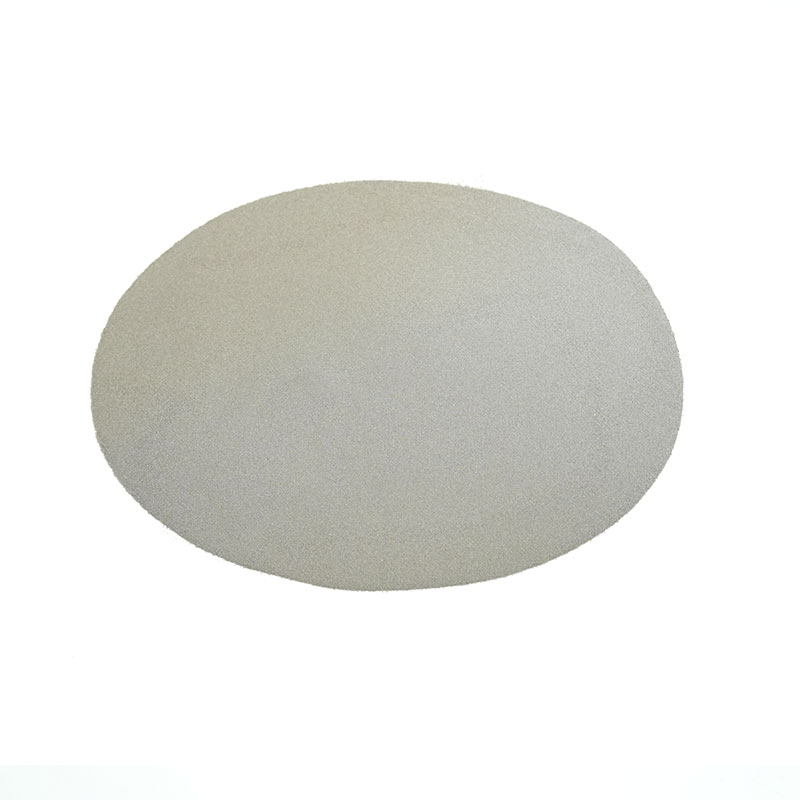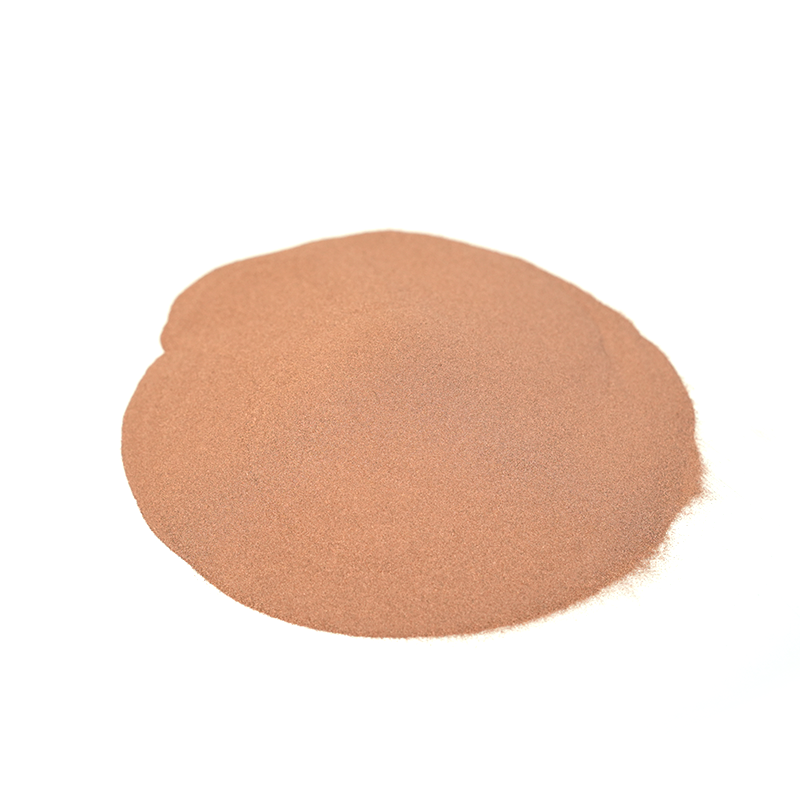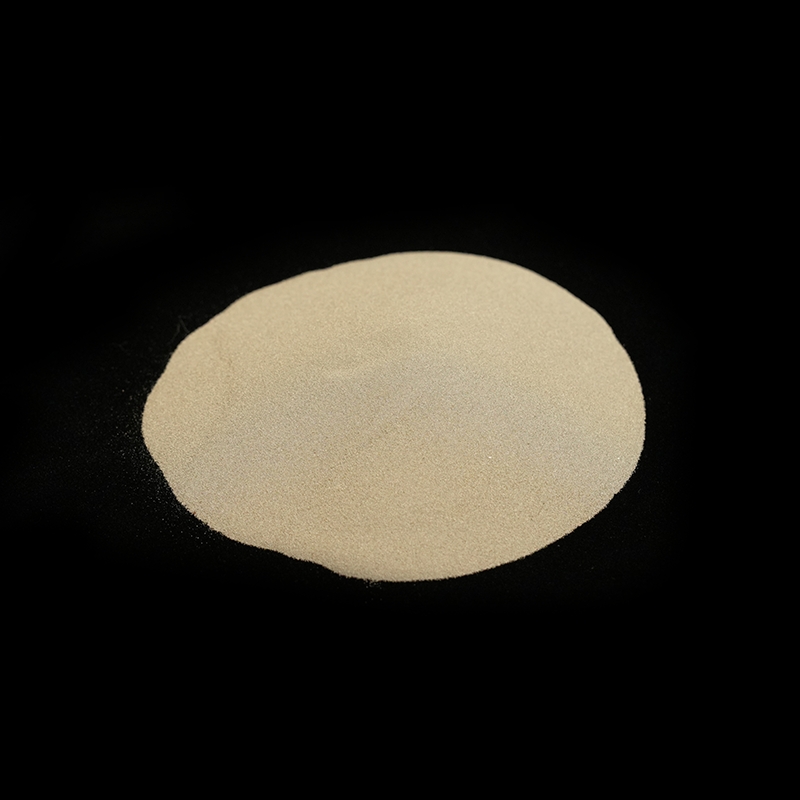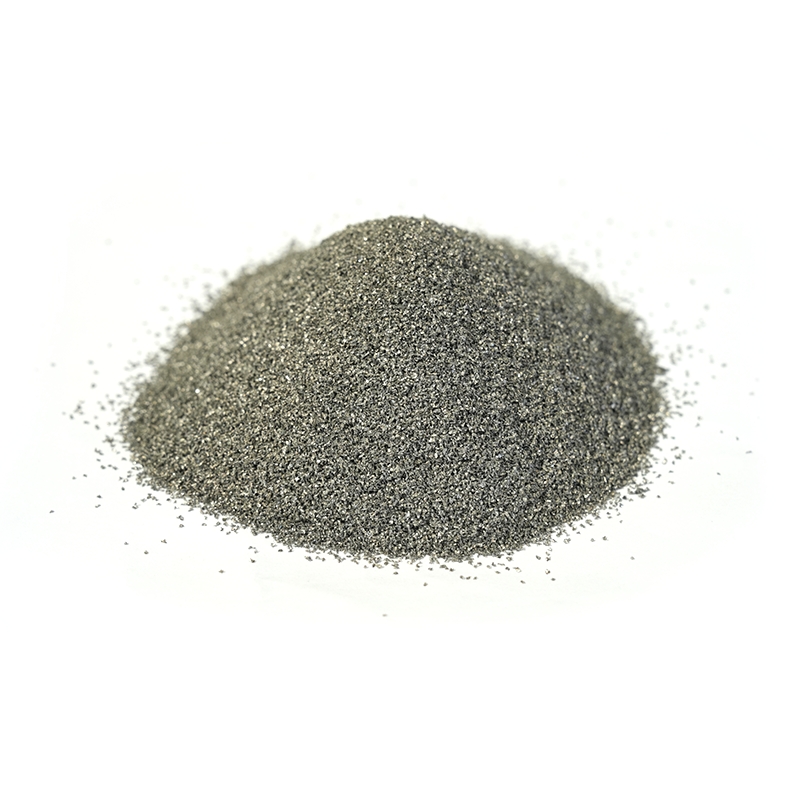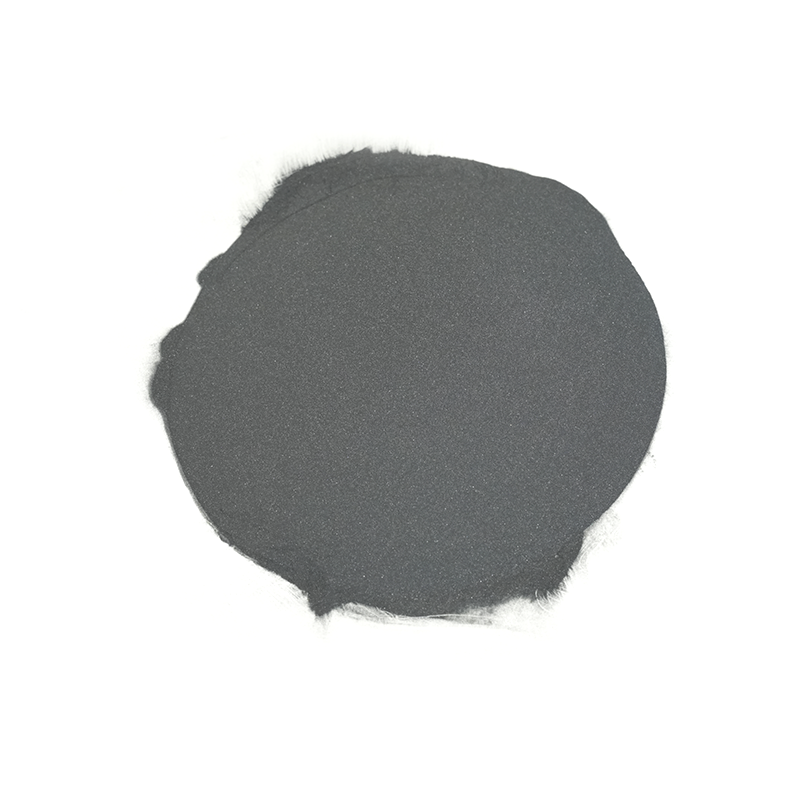In demanding industrial environments, where machinery operates under continuous stress, friction, and exposure to abrasive materials, the longevity and performance of critical components are paramount. Among these components, wear-resistant rollers stand out as essential elements for maintaining operational efficiency, reducing downtime, and lowering maintenance costs across a multitude of industries.
Understanding the Necessity of Wear Resistance
Rollers are fundamental components in systems responsible for conveying, processing, guiding, or supporting materials. Whether in mining, aggregate processing, bulk material handling, steel production, or packaging, rollers are constantly subjected to punishing conditions. These conditions lead to rapid wear, including abrasion, erosion, and fatigue, which degrade the roller's surface, compromise its dimensional accuracy, and ultimately lead to premature failure.
The failure of a standard roller often necessitates a halt in production for replacement, resulting in substantial losses. This is why the engineering focus has shifted toward materials and coatings that significantly enhance the roller's ability to withstand these forces—giving rise to the sophisticated field of wear-resistant rollers.
Materials and Technology Behind Wear-resistant Rollers
The superior performance of wear-resistant rollers is achieved through the strategic selection of materials and advanced surface engineering techniques.
Core Materials
The base material often provides the necessary structural integrity. Common choices include:
-
High-Strength Steels: Alloys such as chrome-molybdenum or tool steels offer a good balance of hardness and toughness.
-
Ceramics: Materials like alumina () or silicon carbide () offer exceptional hardness and chemical stability, making them ideal for extremely corrosive or high-temperature applications.
-
Polymer Composites: Certain highly durable polyurethanes or specialized plastics are used where weight reduction, noise reduction, and excellent resistance to chemical attack are required.

Advanced Surface Treatments and Coatings
The true innovation in wear-resistant rollers often lies in the applied surface technology, which forms a protective layer against external stressors. Key methods include:
-
Thermal Spraying (e.g., HVOF): High-Velocity Oxy-Fuel (HVOF) spraying is a leading technique for applying dense, hard coatings, such as tungsten carbide () or chromium carbide (), which exhibit outstanding wear and erosion resistance.
-
Hard Chromium Plating: While facing environmental scrutiny, hard chrome is still used for its high hardness, low coefficient of friction, and corrosion resistance in specific applications.
-
Laser Cladding: This process fuses a wear-resistant alloy powder onto the roller's surface using a high-power laser, creating a metallurgical bond with minimal heat-affected zone distortion.
Key Industrial Applications
The deployment of wear-resistant rollers is critical across several sectors:
-
Mining and Aggregate Processing: They are vital in conveyor systems and crushing equipment, where they face relentless impact and abrasion from hard, angular rock and ore.
-
Steel and Metalworking: In continuous casting and rolling mills, they must withstand high temperatures, aggressive chemical environments, and heavy mechanical loads.
-
Textiles and Printing: Even in less abrasive environments, rollers require exceptional dimensional stability and surface finish to prevent marking or inconsistent tension, with coatings providing the necessary precision and scratch resistance.
-
Food and Pharmaceutical: Here, corrosion and chemical resistance are as important as wear resistance, often requiring FDA-approved ceramic or stainless-steel coatings.
The Economic Benefits of Investing in Durability
The initial investment in high-quality wear-resistant rollers is typically higher than that for standard components. However, the long-term economic advantages provide a compelling return on investment:


 English
English русский
русский عربى
عربى

